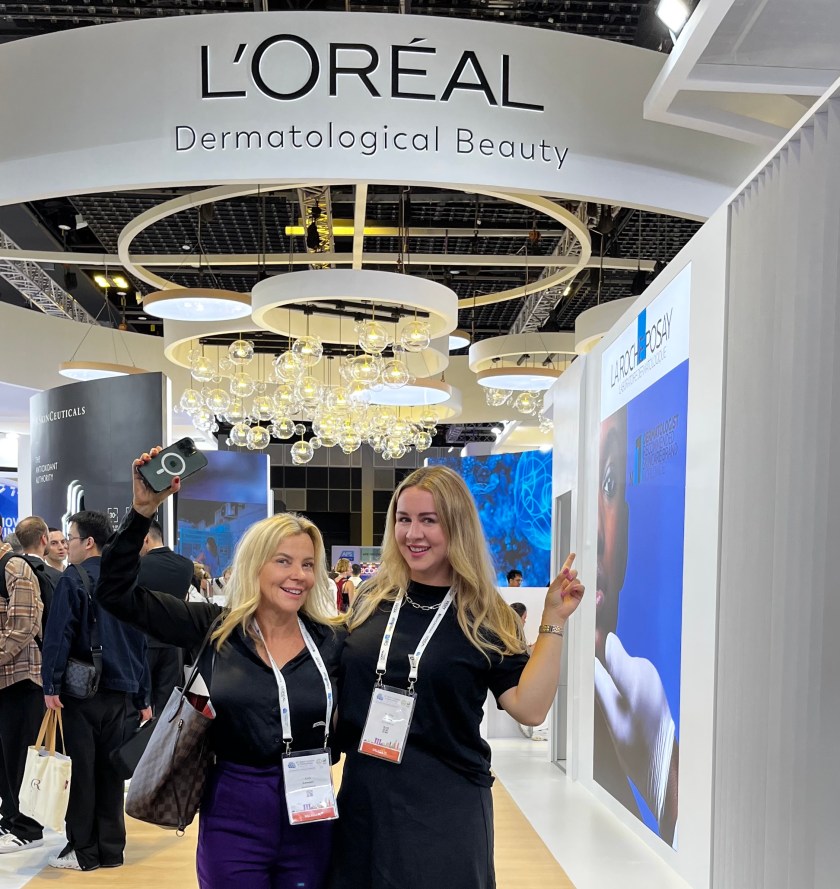The aim for WCD 2023 was to transcend borders to be an inclusive conference that celebrated diversity, and L’Oréal’s research was a big contributor.
The World Congress of Dermatology (WCD) is one of the largest international medical conventions internationally, gathering over 10,000 local and foreign delegates, including clinicians, scientists, other health-care professionals and industry partners across 130 countries to unveil new advancements in dermatology and skin research.
With the WCD hosting every 4 years, this year saw the 2023 WCD extend the boundaries of dermatology; with clinicians, researchers, industry, and other partners to gather in Singapore for the strong theme of ‘Dermatology Beyond Borders’.
Over the 4-day comprehensive scientific programme, this year’s event showcased with 208 symposiums, 15 keynote talks, 24 courses, and 19 expert forums, among others. Industry support was also significant, with over 17 major sponsors and 95 exhibitors taking part.
Distinguished and creditable for their research and innovation in medical technology and aesthetics, WCD2023 Platinum Sponsor L’Oréal sought to bring life and a unique, transformative visitor journey through their research & innovation booth coined ‘The L’Oréal Village’. Three key experiences, namely demonstrations, workshops, and TED-like talks were harmonious with the four main themes across four days, which were titled:
Skin Defense
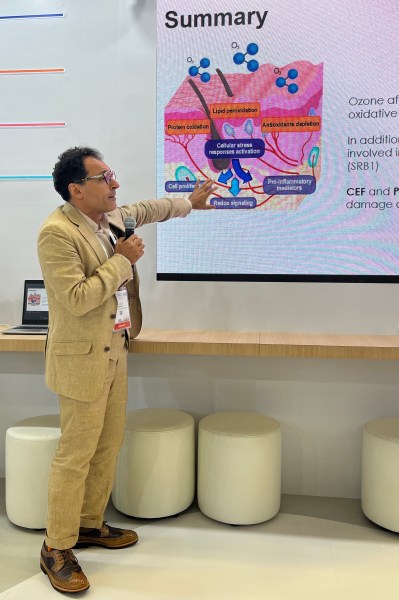
As the largest organ of the human body, our skin plays a major role as our first defense at the interface between the inside of the human body and its external environment. For years, L’Oréal R&I has studied how to improve these defences by focusing on ceramides, microbiome, antioxidants and external stresses. For this theme, live demonstrations showcased an app called Spotscan with LA-ROCHE POSAY, alongside skin comfort and scalp workshops, coupled with presentations on complimentary topics discussing the microbiome, menopause, antioxidants and more.
SkinCeuticals’ CE Ferulic has been and still is one of the most effective topical antioxidant products to help skin defense as it neutralises free radicals. AT WCD, Stephen Lynch, assistant vice president of research and innovation development for SkinCeuticals, explained the research and testing that has gone into the creation of CE Ferulic and its ability to protect skin from airborne pollutants, including metals. The countering of the effects of harmful metals on our skin is called ‘chelation’. Chelation agents in CE Ferulic bind to metal ions to neutralise them, making them less of a threat to the skin. Dr Giuseppe Valacchi, PhD explained the effects of Ozone on the skin and presented a study, which showed that the application of CE Ferulic or Phloretin CF reduced the Ozone induced Collagen I degradation.
Photoprotection
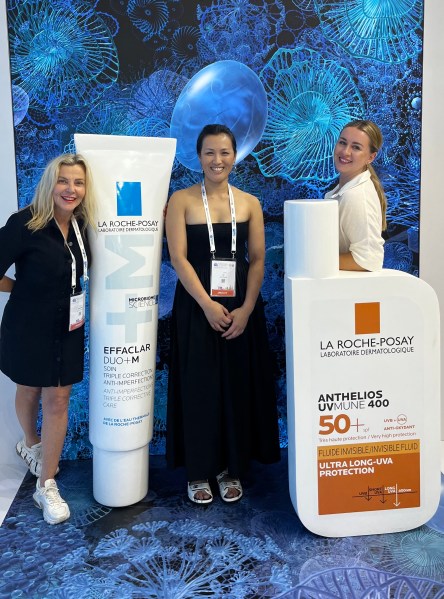
Sun protection is a major health issue. With sun exposure linking to skin cancer and accounting for 80% of skin ageing, during the last 20 years L’Oréal R&I researchers have shown that it is key for skin beauty and health to protect skin from long UVA, and high energy visible light.
Thanks to its R&I labs expertise, L’Oréal brands have proposed new innovation in photoprotection by combining the right active ingredients, filters, and antioxidants to provide efficient UV protection (patented as UVMune 400) against ultra-long UVA to protect from the most insidious UV rays that induce deep skin damages, and which are responsible for skin ageing.
Live workshops showcased UV BOX, which utilised visualisation to demonstrate the added value of UVMune 400 into a photoprotective formulation to defend against skin ageing.
Pigmentation
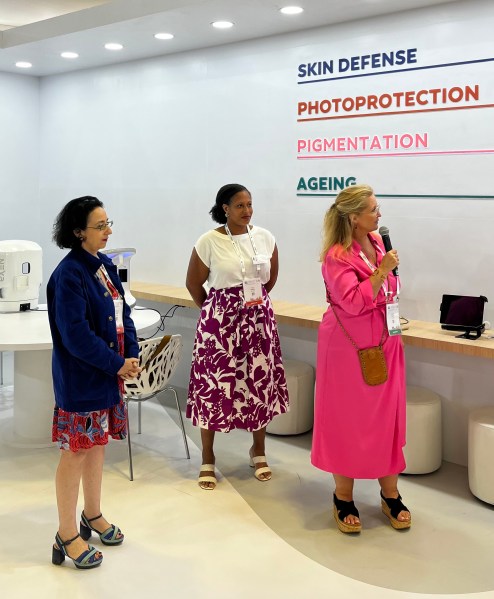
Over the past 35 years, L’Oréal R&I has generated important knowledge on skin pigmentation physiology. Researchers have described the various mechanisms of action involved in the appearance of pigmentation disorders.
Thanks to the R&I’s leadership, advancements have been made in pigmentation research. This includes developing in vitro models and clinical protocols to study pigmentation mechanisms across diverse populations. Additionally, the importance of protecting against less energetic UV rays and high energy visible light/blue light has been highlighted. Effective products have been created to correct hyperpigmentation, using combinations of active ingredients with complementary mechanisms.
As a result of all this knowledge and expertise, this year, L’Oréal is launching a product with a new highly effective cosmetic agent able to improve hyperpigmented disorders, coined MELASYL. This is the first inclusive efficient solution that only targets melanin excess while respecting natural individual skin tone.
Topics covered within presentations on the theme of pigmentation were on how to best target pigmentation disorders, MELASYL, tranexamic acid in the treatment of melasma, alongside discussing different skin tones and pigmentation disorders.
Ageing
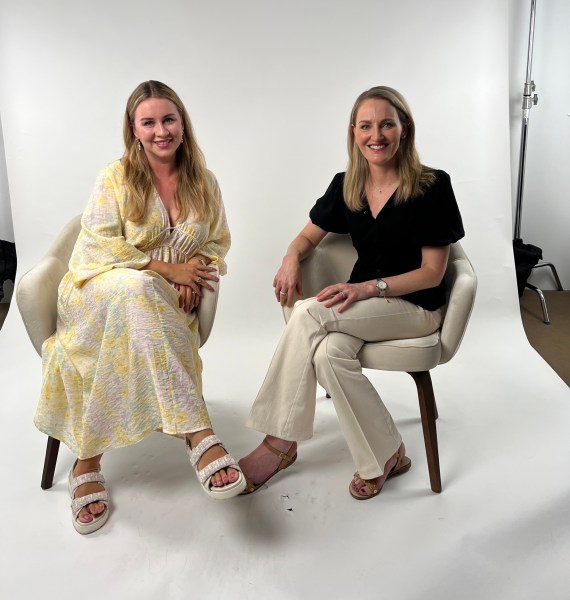
Over the years, L’Oréal R&I has gathered historical knowledge in the intrinsic ageing of the skin. More than 20 years ago, based on this skin knowledge and inspired by nature, L’Oréal R&I created Pro-Xylane, an anti-aging ingredient able to enhance the skin appearance by mimicking glycosaminoglycans benefits and increasing the synthesis of both hyaluronic acid and collagen. Since its initial launch in 2006, L’Oréal labs have acquired a leading expertise around this key anti-ageing ingredient, and have since then furthered their research and identified new ingredients and processes to complement this.
Another aspect of skin ageing is glycation, a process during which sugars bind to proteins and form damaging byproducts known as advanced glycation end-products (A.G.E.s). External aggressors – such as UV, pollution, and diet – accelerate the glycation process, transforming collagen and elastin into A.G.E.s. Dr Cara McDonald presented one of SkinCeuticals’ studies, which showed through skin punch biopsies, that the daily use of A.G.E. Interrupter Advanced increased the skin barrier marker impacted by glycation, filaggrin, by 92%.
These are just a few of L’Oréal’s findings and research we learned about during WCD. For more in-depth information, subscribe to our magazine as we will discuss our learnings in our upcoming August issue.
Read SPA+CLINIC’s Latest Issue Here:
There are 5 ways you can catch up with SPA+CLINIC
- Our quarterly print magazine, delivered to your door. Subscribe here.
- Our website, which is updated daily with its own completely unique content and breaking news.
- Our weekly newsletter – free to your inbox! Subscribe here.
- Our digital magazine – click here to view previous issues.
- Our social media – see daily updates on our Instagram, Facebook & Linkedin

